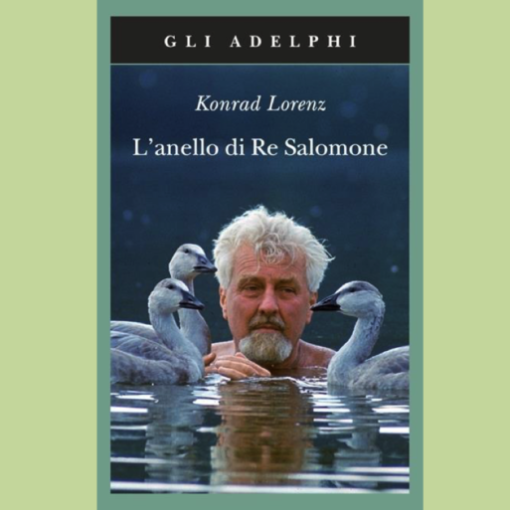SEPTEMBER, let’s go.
It’s time to migrate.
Now in the land of Abruzzo my shepherds
they leave the pens and go towards the sea:
they descend to the wild Adriatic
that is green like the pastures of the mountains.
The Shepherds – Gabriele D’Annunzio
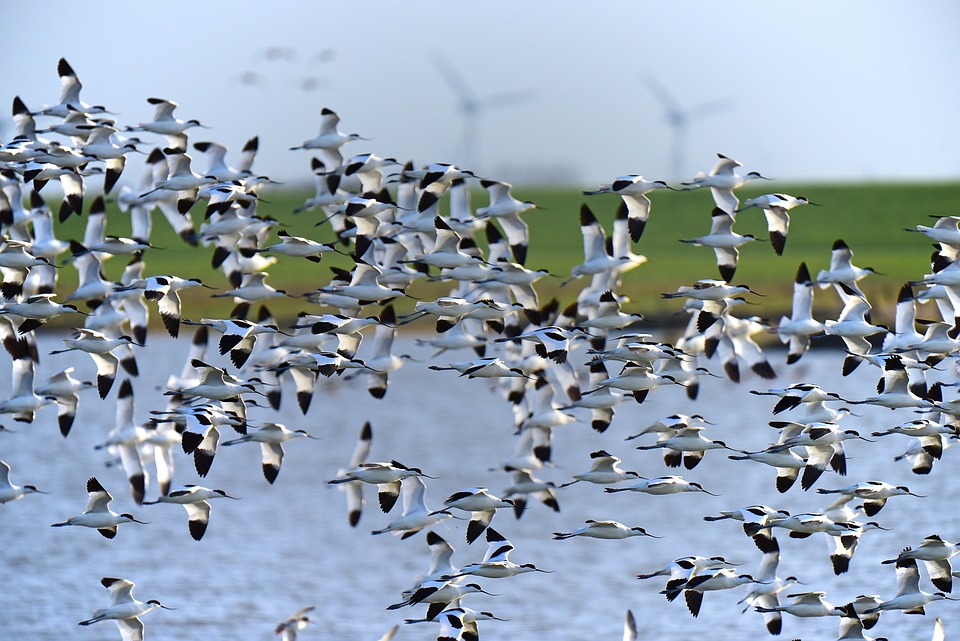
Transhumance is true migration, a behavior of regular commuting between two places with different climatic and habitat conditions, dictated by the need to escape the harsh mountain winters by seeking pasture for their flocks elsewhere.
Not without surprise then we realize that D’Annunzio in the first verse of “The Shepherds” quite unconsciously outlines an ideal definition of the migratory phenomenon, as it is understood today. In fact, its distinctive characteristics from other phenomena of movement are temporality (let’s go, it’s time to migrate), movement (they leave the stazzi), and above all a definite directionality (and they go towards the sea). It also involves a specific habitat change (they descend to the wild Adriatic). The surprise is greater when you consider that the experts have filled pages and pages trying to agree on an acceptable definition of migration!
The time factor plays a fundamental role in migration, so much so that in migratory birds it is continuously marked by an endogenous oscillator, a biological clock, completely autonomous from external elements, although it has the possibility of synchronizing with some of them to maintain a necessary link with the environment. In birds, for example, the endogenous time is synchronized with the variation of the length of the day, an element that changes seasonally, determining the onset of the “migratory disposition” in spring and autumn. But in equatorial situations of seasonality, the synchronizing element becomes the rainy season.
Still in birds, the endogenous sense of time is also functionally linked to other important phenomenologies, such as the maturation of the gonads, and therefore the induction of reproductive cyclicity, or the seasonal moult of the feathers, so as to have a new and effective plumage to support the migratory movement.
With regards to the latter, migration is a mass phenomenon involving entire populations moving in unison, although some may move us in crowds, in small groups, or individually. The change of habitat is more marked in those that move over great distances, between distant regions or continents, such as the European species that fly south of the Sahara, wintering in the savannahs or in the equatorial forests, with a significant variation in food habits and strategies. In the case of those that remain in the Mediterranean area, the change of habitat is less dramatic but certainly not trivial.
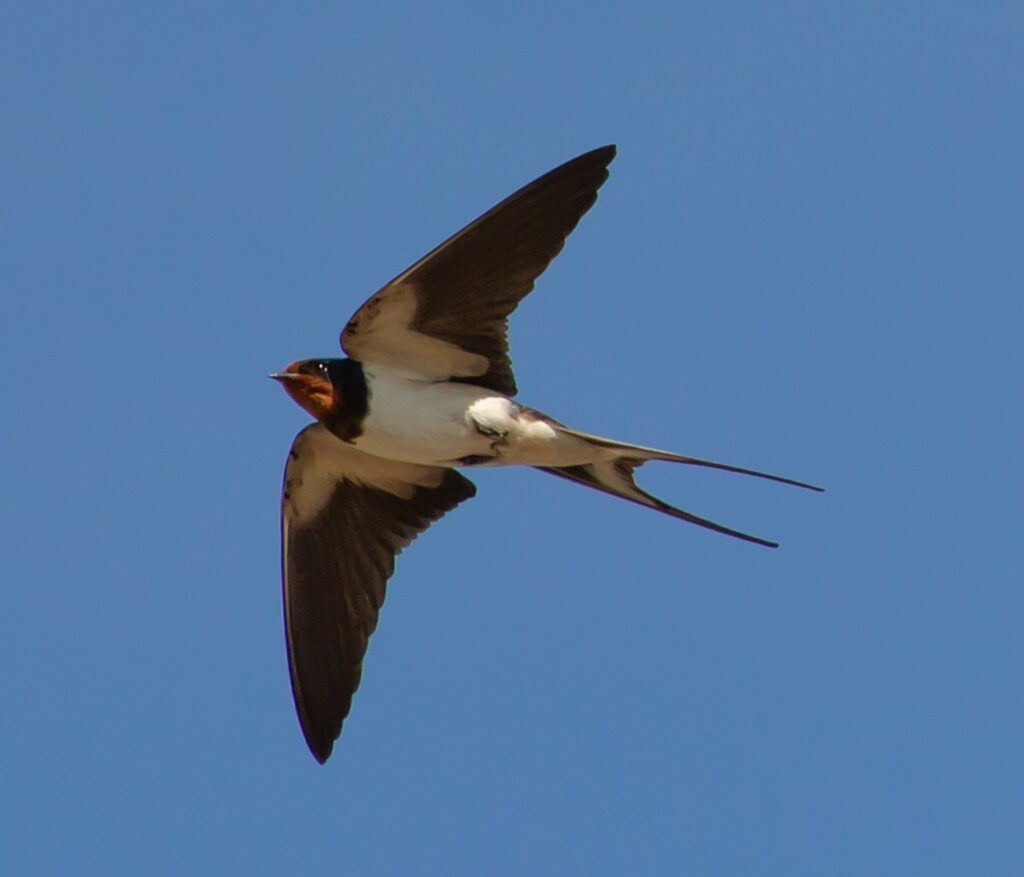
In winter European swallows migrate to South Africa flying 11,000 km in huge flocks.
As far as directionality is concerned, the problem is complex touching on two different aspects: first, the choice of the flight route both in the post-reproductive and pre-reproductive autumn migration; second, course direction control during flight.
For both it is a compass problem, as it is a compass that allows them to choose and maintain a spatial direction, as happens in our movements. The question then is this: do animals have a compass? And what is the reference system? The answer is not one but many compasses!
Let us take the case of birds, the most studied. To orient their movements, the lords of the air, born to fly, have three types of compass available: solar, stellar, and magnetic. The reference systems are, as the name implies, the position of the sun, the rotation axis of the celestial vault, centered on the position of the North Star, and the perception of the earth’s magnetic field. The latter is an ability of innate nature, so much so that young birds of a few weeks of life know how to orient themselves with magnetic stimuli in their movements. The other two, of a visual nature, must instead be learned at an early age (within 2-3 months of life) with the observation of the apparent movement of the sun and the pattern of rotation of the celestial vault around the polar pole. Furthermore, and here the time factor comes into play, the solar reference is called chronometric because, for correct reading, it needs a sense of time: if I want to go south at noon I have to fly against the sun, but I need to know when it’s noon…
As far as the experimental tests conducted since the beginning of the last century tell us, the compass most commonly present in vertebrates and invertebrates is the solar one, possessed by ants and bees, amphibians, reptiles, and mammals, with an identical reading system. The stellar compass is possessed by birds that migrate at night, while sensitivity to the magnetic field is being found in an ever-increasing number of species, but large migratory birds such as sea turtles seem to do without it. Certainly, we must not forget that even the moon can be a compass reference system for the small crustaceans of the marine shores, as demonstrated by our first ethologists Leo Pardi and Floriano Papi.
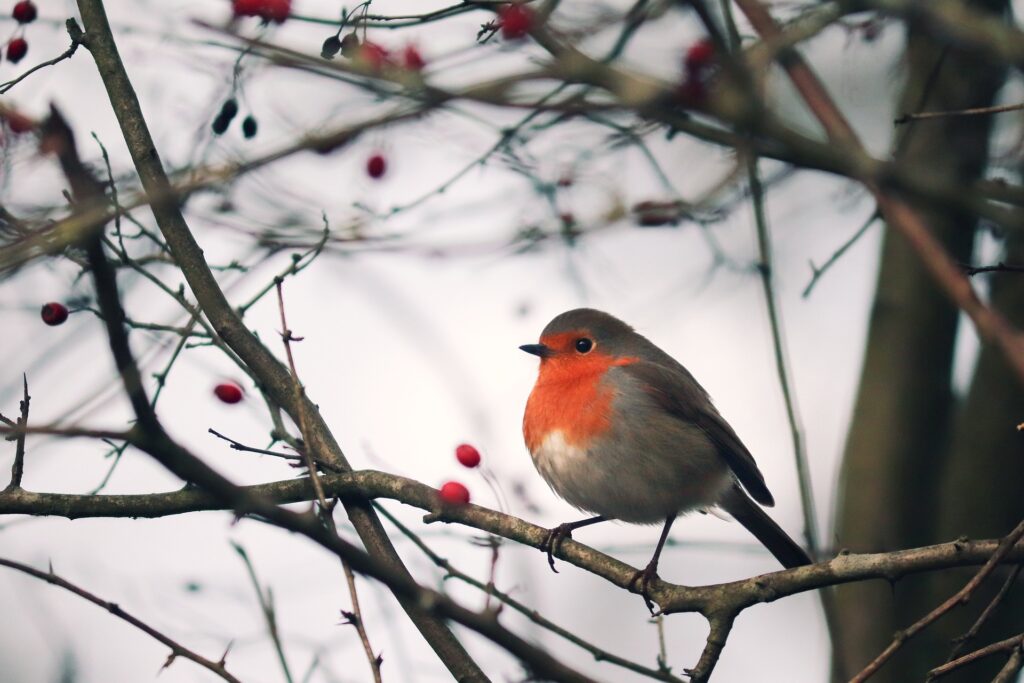
A small and graceful frequenter of our winter gardens, it is the most studied nocturnal migrant.
But having a compass is useless if you don’t know where to go… and this is the key problem of migration. Who suggests to a robin or a blackcap born in summer which direction to take to reach the wintering territories? Especially if their parents have long since left them to fend for themselves?!? When Peter Berthold saw blackcap chicks born in an incubator (which had never had contact with their parents and then hand-raised indoors in an aviary) enter a state of disposition for migration in the right period of autumn migration and do so for a period corresponding to the distance they would have had to cover if free, moreover in a correct direction according to their population of origin, he certainly understood that he had found the solution to a mystery. The key information of the migration was entrusted to the genes, certainly the safest place that nature could find.
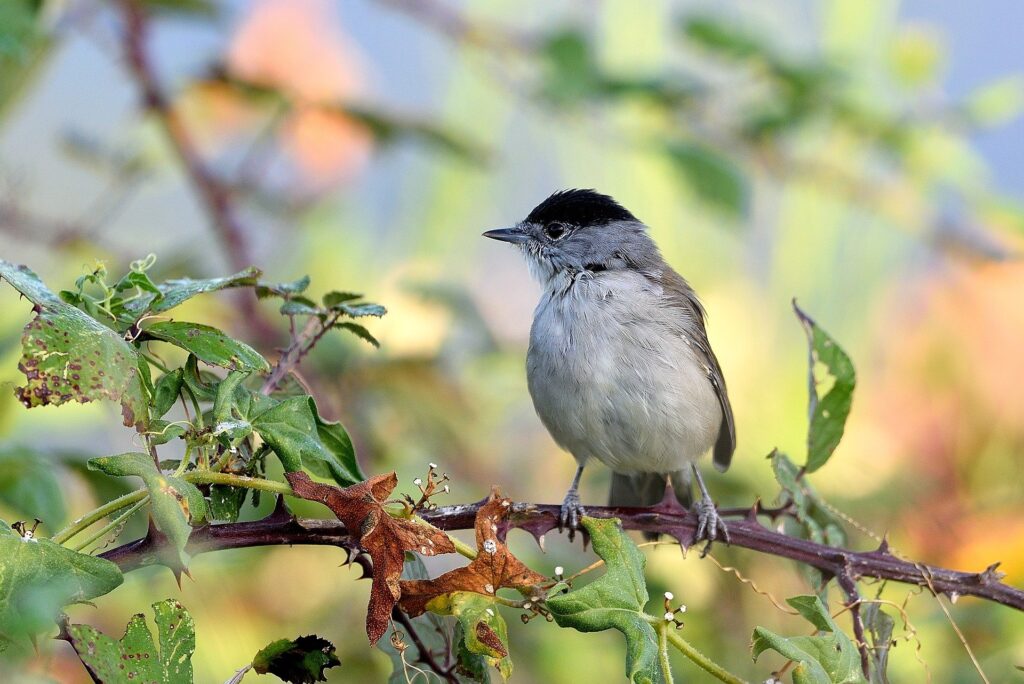
Photo by Bernard Fleurandeau from Pixabay.
Credits
Author: N. Emilio Baldaccini. Former Professor of Ethology and Conservation of Zoocenotic resources at University of Pisa. Author of over 300 scientific papers on national and international journals. He is active in the field of scientific education, and co-author of academic textbooks of Ethology, General and Systematic Zoology, Comparative Anatomy.
Translation by Maria Antonietta Sessa

